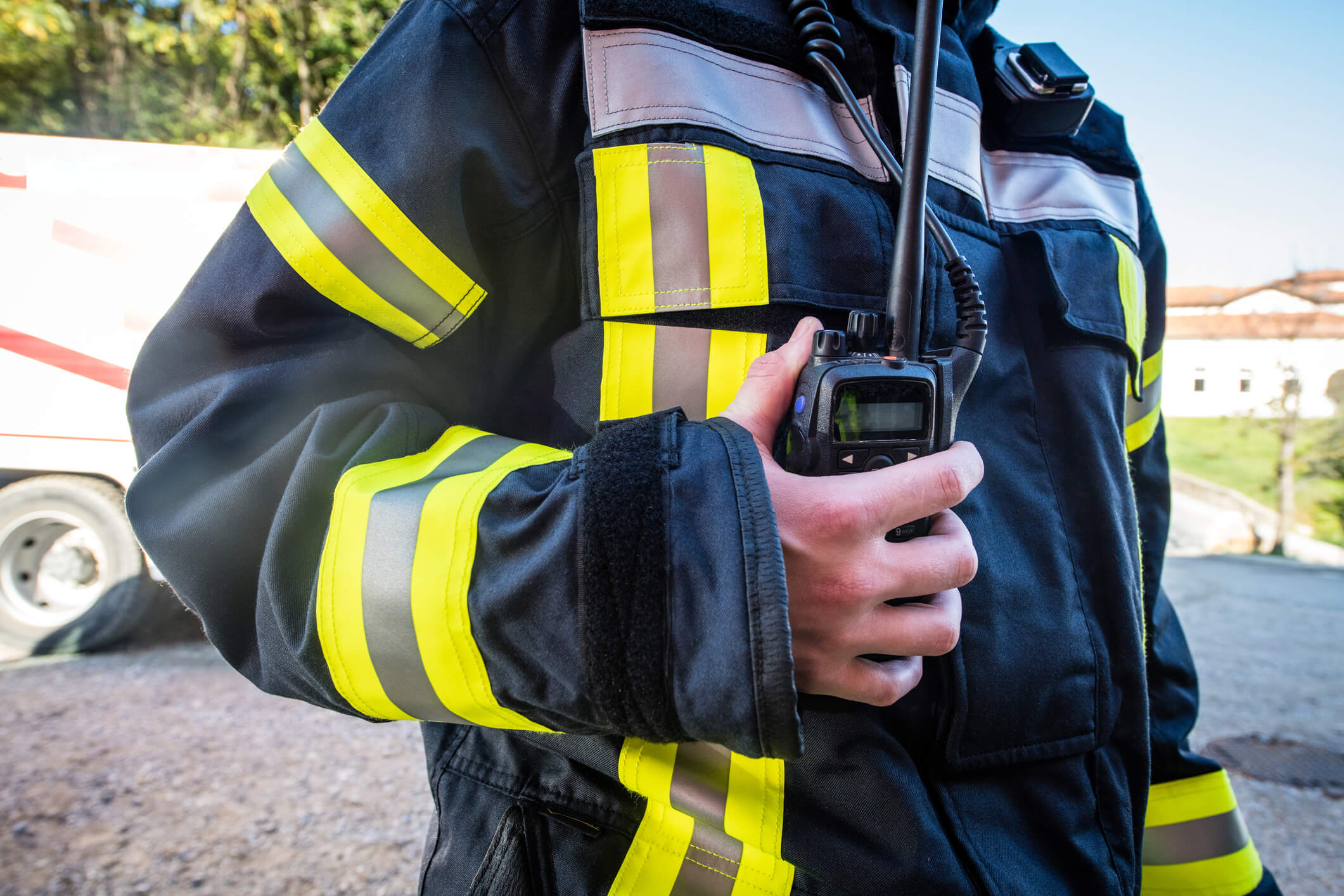Effective communication is paramount in a crisis, especially for first responders. An Emergency Responder Communication Enhancement System (ERCES) or a Public Safety Distributed Antenna System (DAS) bridges the communication gap during critical situations, empowering first responders to perform their jobs safely and effectively.
These critical communication systems support and supply uninterrupted radio signals for emergency communications, a key feature for on-the-ground crisis response and cooperation. Continuous connectivity enables first responders to provide rapid and effective aid throughout a building, including basements, stairwells, and other areas where a signal may not be readily available.
Let's explore emergency responder communication enhancement systems, look at the key components, and learn how this technology supports safety personnel.
How Does an ERCES Work?
In a time where natural disasters and weather-related emergencies are becoming increasingly frequent, the need for reliable communication systems has never been greater. Emergency Responder Communication Enhancement System (ERCES) is a sophisticated network of technology and infrastructure designed to enhance communication for first responders during emergencies.
The system receives radio signals and retransmits them throughout the building during an emergency. ERCES allows first responders to have reliable cellular coverage in the entire building, even in dead zones, like elevators, stairwells, and basements, or in the event of a cellular system interruption.
These systems are specifically tailored to address the challenges faced by emergency personnel when traditional communication methods may be compromised or overwhelmed, such as cell tower damage during a tornado or hurricane.
Key Components of ERCES
ERCES has several key components. Let’s review each of them:
Bi-Directional Amplifiers (BDAs) - BDAs amplify and extend the reach of radio signals within a building so emergency personnel can communicate in areas with poor reception.
Distributed Antenna Systems (DAS) - DAS are a network of antennas connected to a central hub that distributes wireless signals throughout a designated area.
Battery Backup Systems - Battery backup systems ensure uninterrupted functionality of ERCES during electrical failures.
Monitoring and Control Centers - These centers allow authorized personnel to monitor ERCES status in real-time, ensuring the system is operational and identifying any potential issues that need addressing.
Emergency Notification Systems - This system sends alerts to first responders’ devices, providing crucial information and updates in rapidly evolving situations.
Top Benefits of ERCES for First Responder Communications
There are numerous benefits of ERCES. Let’s talk through the implications on safety and compliance.
1. Enhanced Responder Safety
The primary benefit of ERCES is the improved safety of first responders. Emergency personnel can coordinate efforts, share critical information, and request assistance with reliable communication, leading to faster response times and better decision-making, ultimately saving lives.
2. Effective Collaboration
In large-scale emergencies involving multiple response teams, efficient communication is vital. ERCES enables different units to communicate seamlessly, preventing confusion and promoting efficient coordination efforts.
3. Indoor Coverage Improvement
Traditional radio signals might struggle to penetrate the walls and structures of large buildings, hindering communication. ERCES addresses this challenge by ensuring responders have reliable coverage throughout, even in hard-to-reach areas.
4. Evolving Situational Adaptation
ERCES can be configured to suit specific emergency scenarios and locations. This flexibility means the system can adapt to different environments, whether a high-rise building, a sprawling campus, or a densely populated urban area.
5. Regulatory Compliance
Many jurisdictions recognize the importance of reliable communication during emergencies and have implemented regulations mandating ERCES installation in certain buildings. Regulatory compliance helps you avoid fines and ensure the safety of responders and occupants.
ERCES and Local Code Compliance
Regulations for ERCES and other safety systems vary by jurisdiction. In the United States, most cities and counties have established local ordinances and codes for reliable in-building communication for first responders. These regulations are pivotal in enhancing emergency personnel's and building occupants' safety.
Local government entities, known as Authorities Having Jurisdiction (AHJs), enforce the regulations, setting specific requirements that buildings must adhere to before being granted a Certificate of Occupancy.
Rather than creating rules from scratch, AJHs draw on regulations written by various national and international organizations, including the following:
- National Fire Protection Agency (NFPA)
- International Fire Code (IFC)
- Federal Communications Commission (FCC)
- International Code Council (ICC)
- International Building Code (IBC)
- First Responder Network Authority (First Net)
ERCES for Your Building
An emergency responder communication enhancement system is a powerful tool for addressing the communication challenges first responders face during emergencies. The benefits of ERCES are far-reaching, from enhanced safety and effective collaboration to compliance with regulations and adaptability to evolving scenarios.
Organizations should partner with an experienced fire protection and life safety services company to properly install, inspect, and maintain their emergency responder communication enhancement system. Dedicated technicians will help you navigate the complexities of local codes to ensure sustained compliance.







